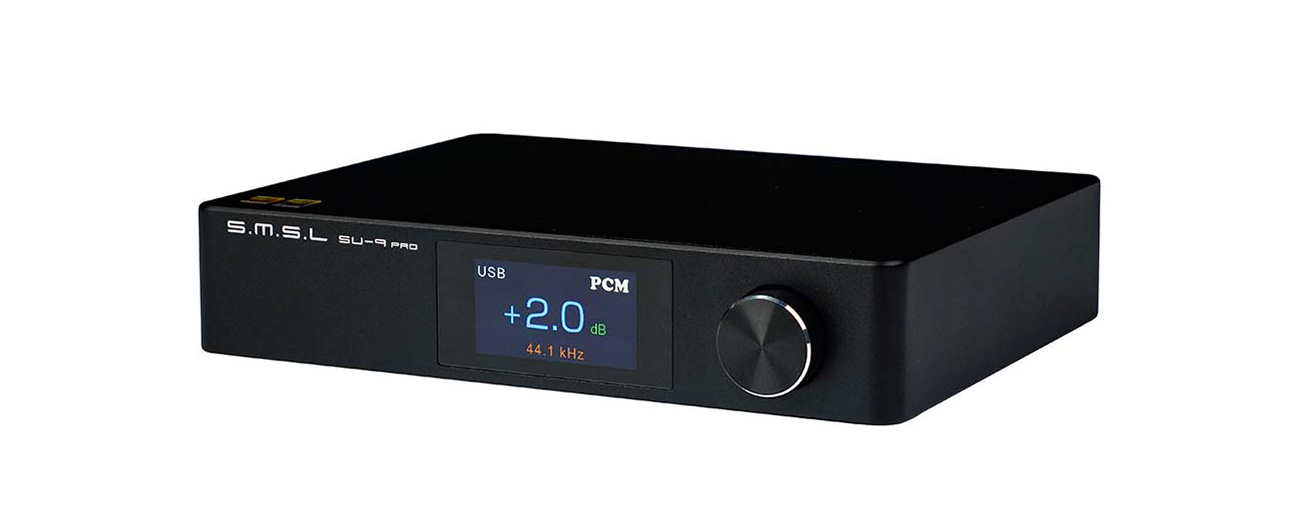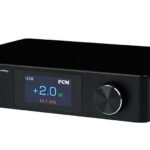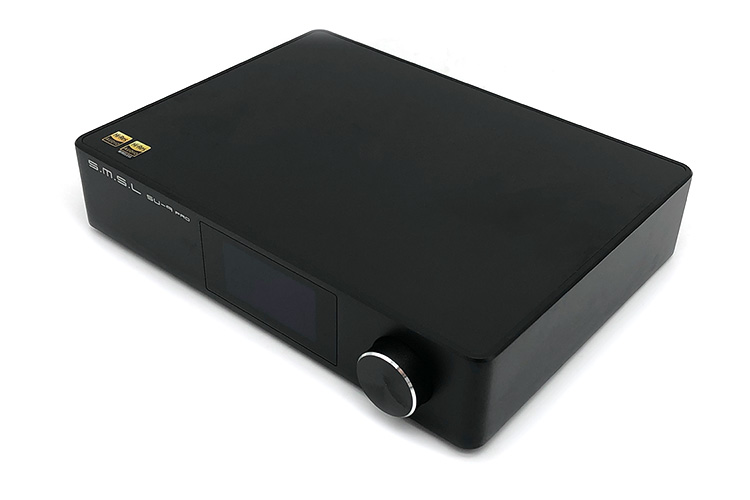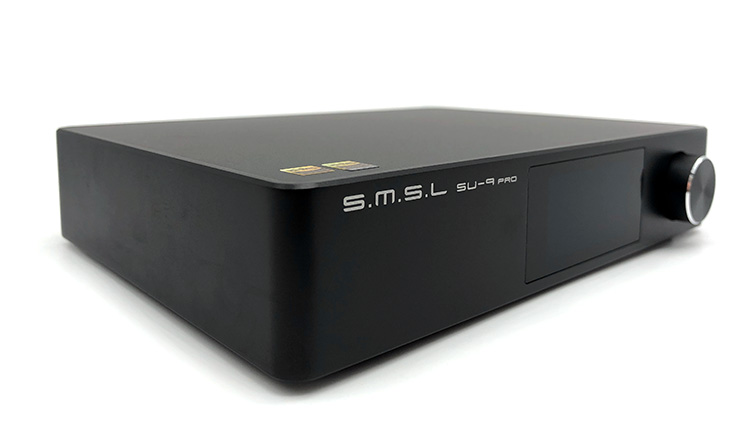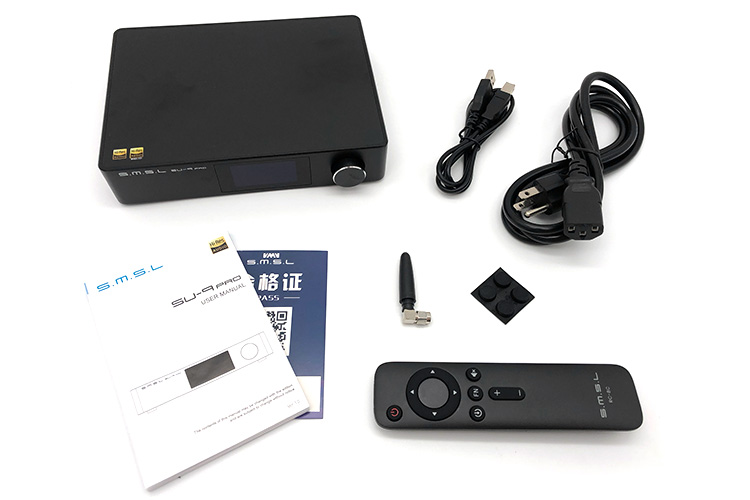Our feature today is a review of the SMSL SU-9 Pro, a balanced-designed desktop DAC with BT5.0 LDAC, MQA, and DSD512 decoding capability. It is priced at $499.99.
Disclaimer: This sample was sent to us for our honest opinion. Headfonics is an independent website with no affiliate links or partnerships. We thank Shenzhen Audio and SMSL for their support.
Click here to learn more about SMSL products that we have previously featured on Headfonics.
Note, that this article follows our latest scoring guidelines which you can find in more detail here.
The SMSL SU-9 Pro’s lineage has been pretty much a success in securing a place in many enthusiasts’ homes by nailing the price point more serious buyers are comfortable spending as they chase sound quality.
And just to recap, we did a review of all previous iterations from the original SU-9 released in 2020 at $439, and the trimmed-down SU-9n option released in 2021 at a lighter spend of just $399.99.
Now, continuing on its full-year cycle to keep the model relevant and ahead of the competition, the SU-9 Pro is currently the most expensive version yet compared to the other SU-9 variants.
However, before disregarding the latest installment from SMSL as a simple bandwagon to the name, read on to discover just how much has changed in the slightly more expensive SU-9 Pro which is now tickling the half-thousand bucks ceiling.
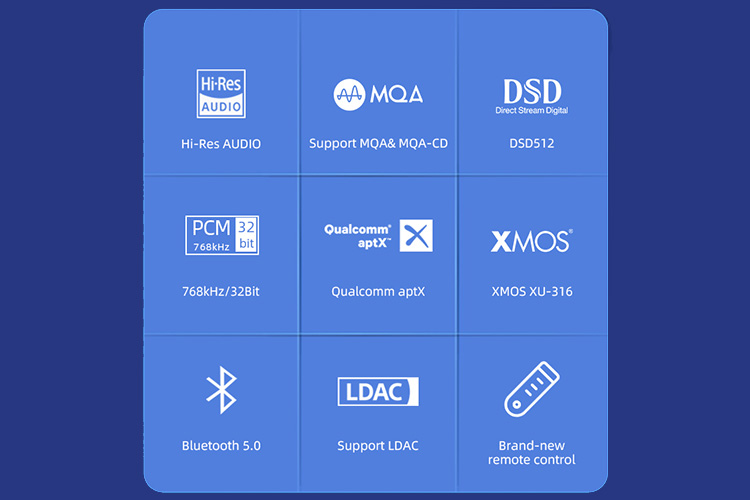
Tech Highlights
When I heard that SMSL came up with a ‘Pro’ version of the SU-9 line, my thoughts immediately flew to the growing number of ‘Pro’ products out there. Where the SU-9 Pro strikes is that it holds inside an upgrade that is on the current bleeding edge of digital to analog conversions.
I believe the SU-9 Pro gets its name from using the latest ES9039MPRO from the DAC chip manufacturer ESS. All previous generations of the SU-9 line and even the higher-end SU-10 use the older ES9038PRO chip.
Plus, inside is an upgrade from the XU-216 USB module to the more modern XU-316 from XMOS. Hardware jargon aside, end-users can still reliably expect to play 32bit/768kHz PCM and DSD512 with the SU-9 Pro.
For MQA listeners, the full decoding functionality of the SU-9 for USB has been extended to the optical and coaxial inputs on the SU-9 Pro for greater flexibility. There is also MQA-CD reserved for the two SPDIF inputs.
The analog section of the SU-9 Pro got an upgrade as well in terms of op-amp count. The older ones only received three OPA1612A which is now almost quadrupled at eleven.
Design
Boy does the SU-9 Pro already look familiar at this point. Already in its third year using the same original mold of the SU-9, the design of the black aluminum alloy chassis has held up pretty well.
The design department isn’t sleeping since they updated the front with their latest 1.9-inch fully colored display kept behind a tempered glass panel. While the color palate used on the screen isn’t sticking to me, I appreciate that it seems to be the same one found in their more expensive SU-10.
An odd one still is the three rubber feet SMSL kept using in the SU-9 line. It keeps me curious regarding the reason for this but at least they’re short enough that you won’t bang the rear corners hard on accidental smacks.
Full but not busy, the rear layout of the SU-9 Pro is clean since the inputs are neatly arranged on the left while the outputs are separated on the right. The RCA connectors aren’t color-coded, so check the label each time.
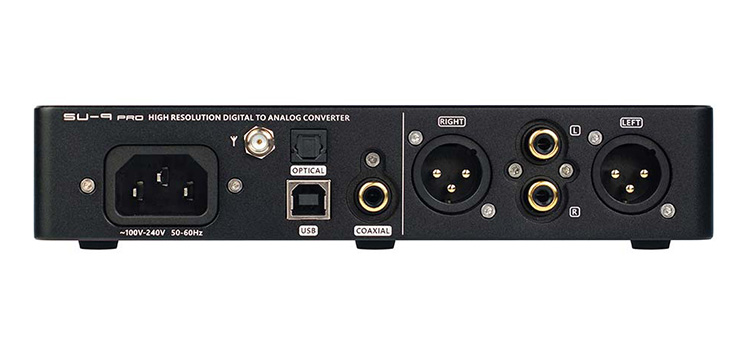
I/O
While the SU-9 Pro isn’t a huge device by any means, SMSL still installed all of the usual IO I’ve already come to expect in a DAC of this caliber. Sure, it isn’t really surprising since it has the same rear layout as the previous generations.
First, we still have a USB 2.0 socket with no USB-C input like the one already featured on the SU-10. Still, a host of other inputs is there like Bluetooth, optical, and coaxial.
The pair of RCA outputs are rated to 2.5Vrms with a 128dB dynamic range. But if a single-ended connection isn’t enough or you have a properly balanced amplifier or powered monitor to pair, then the 5.2Vrms capable XLR outputs are ready with their higher 133dB dynamic range.
Control
If you’re like me and never leave the house with equipment still plugged into the wall, then the SU-9 Pro will start immediately each time you power it back on. It does not remember to stay on standby if power is completely cut off from the grid, but it is possible to leave it in this state by long pressing the volume knob or using the remote.
Set in USB input from the factory, the full-color display will show the sampling rate below the volume setting. Turning the wheel will rapidly sweep between -99.5dB and +2.0dB in 0.5dB increments.
To mute the SU-9 Pro, it can be done either by rotating the dial below -99.5dB or pressing the mute switch on the remote. Since using the remote to turn the volume down is much slower, having a dedicated mute button is indispensable.
The UI is a huge leap coming from the 7-segment displays of cheaper units. And since it is also using English in the settings menu, there is no need to check the manual each time to cross reference what it means.
Full-featured in terms of control and functionality, the SU-9 Pro will let you tweak not only the basics like input and brightness level. It also has extras like a PCM filter, DSD filter, sound color, and more.
Packaging & Accessories
For the third year, SMSL is keeping the black with white central strip to outwardly present the SU-9 Pro akin to its earlier versions. Not yet the main box, this sleeve has the same design front and back so the device may be laid upside down unknowingly.
Since there is a sleeve, the white box made with the usual material SMSL is using on their other offering is kept plain. In the company’s usual fashion, the inside is filled with protective foam with cutouts to hold the device and accessories.
Taking up most of the left part is the SU-9 Pro unit wrapped in thin plastic and with the paperwork loosely placed on top. To its right is a dedicated cutout for the remote which is right next to the area holding the IEC cable, USB cable, antenna, and four extra rubber feet.
Sound Impressions
Summary
While SMSL is slowly rolling out some new DACs with AKM chips, a lot of their lineup still carries an ESS chip inside. The SU-9 Pro is not being any different having an ES9039MPRO decoder inside so I went in doing the review with a few assumptions.
To my delight, my first meeting with the latest ESS chip the SU-9 Pro is using isn’t as rudimentary as I expected. Having reviewed several SMSL DACs already at varying price classes, their sound seems to be steering away from the lifeless signature that chases spec sheet numbers.
So, for me, the SU-9 Pro sounds new for SMSL. Sure, as a DAC it only touches the sound very subtly, but this enables a deeper enjoyment which in my opinion could satisfy a lot of enthusiasts for a long time.
There are two main points I like about the SU-9 Pro. Its fast and dynamic bass region in cleaner scenes and control with the upper scales.
With a cohesive tonal balance that doesn’t fight for attention, the SU-9 Pro isn’t too bright-leaning and has enough oomph in the midrange and low-end. Plus, the subtleties of whispery areas while not faultless are detailed enough becoming too grainy or soft.
Timbre
Charming like a gracious gentleman yet strict where it counts, that’s how the SU-9 Pro seemed to me. It is surely far from the brittle sound one may associate with poorly executed ESS DACs.
And around half the cost of the SU-10, this latest decoder from SMSL masterfully executes a similar flavor and could serve as a replacement if there are budget constraints. There are still several differences between the two though once I started drilling down on the details so look out for what those are in a later section.
On its own, the SU-9 Pro is showing light but meaningful mass to accentuate some facets of the low end like when I noticed a longer lingering rumble with sustained notes. But in not being the boring and serious type when producing huge rhythms, at times, it does leave some indistinct outlines.
The pleasing depth and emphasis won’t ruin the balance since the climb up will reveal it is not the only card SMSL has in play. Where the SU-9 Pro impresses is in bringing vocals to the fore avoiding sounding sterile and not shouty.
With a melodic voice carrying a strong vibrato, dynamics do show control as it comes shy of sibilance when the energy goes high. The delineation of breath is also flowy instead of dry and rough.
Putting on some classical pieces, I heard violins with well-tuned and surprisingly filling accuracy. It does cast wider than expected though making it harder to single out.
The intro of an electric guitar may be engaging and will surely bring it to your attention but subtler sounds like a snare drum doing a soft rhythm in the background may get drowned out as a result.
Staging & Dynamics
On the positives first, the SU-9 Pro has a really good staging presentation that allows the unhurried yet precise timbre to perform as a great package. It also easily created a holographic soundscape where a dynamic ensemble is shown with the energy and relevance of each image.
But as much as I like the SU-9 Pro overall, it showed weakness in object placement and isolation accuracy of looser beats. Guitars and effects that have a delicate property floating in the background are emphasized instead of calmly placed.
Not as dynamic as higher-end DACs but more than enough for the bracket, I noticed that cymbals get cut short in the subtler parts of its dribbling splash. More so in a familiar song, certain live audience sections are lost and not as realistic as expected.
Click on page 2 below for pairings and our selected comparisons.

